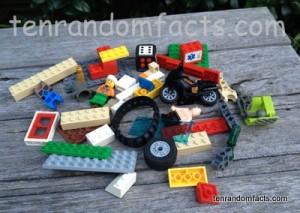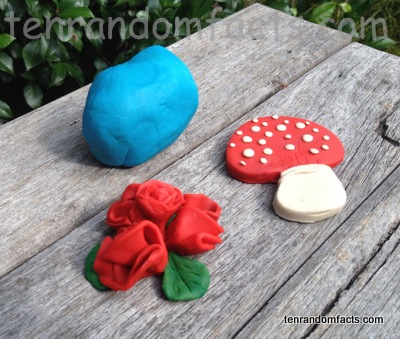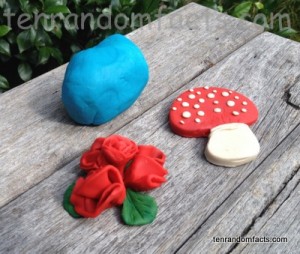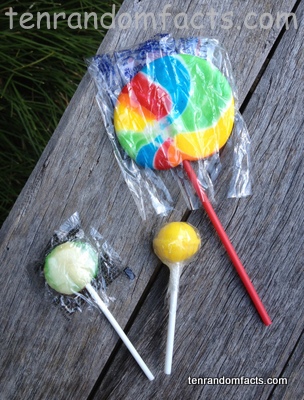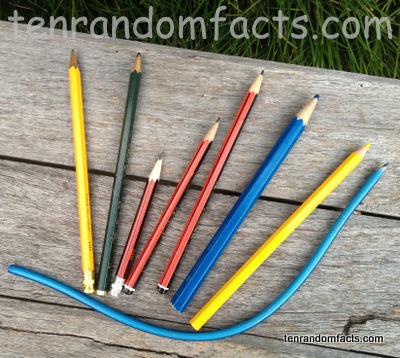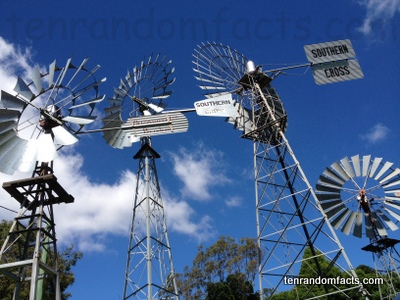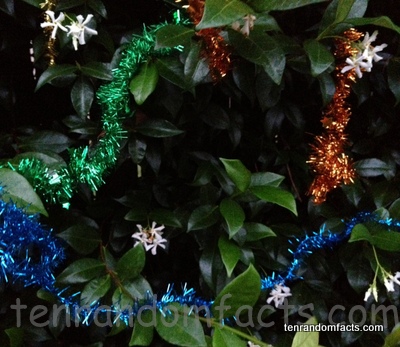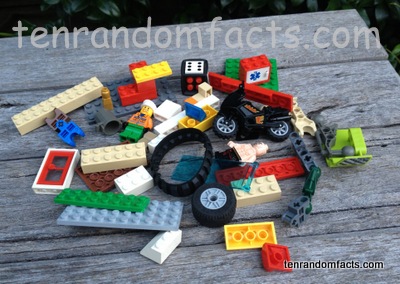
Just add some more… and more.
- LEGO is a construction toy consisting of interlocking building bricks and accessories. It is extremely versatile in that it can be pulled apart and put back together an unlimited number of times, and placed together in endless ways.
- LEGO was originally a company that made wooden toys and blocks, and was started and owned by Ole Kirk Kristiansen.
- The original LEGO bricks were invented in 1949 and were called Automatic Binding Bricks. They were renamed to Lego Mursten (Lego Bricks) in 1953 .
- In 1957 an improved brick was produced, the modern LEGO brick, and was first patented on January 28, 1958.
- The first Legoland park (a LEGO themed fun park) was opened in Billund on June 7th, 1968. Over 625, 000 people visited the park that year.
- Two eight stud LEGO bricks can be combined in 24 ways, three can be combined in 1,060 ways, six can be placed together in 915, 103, 765 and eight can be put together in an almost unlimited amount of ways.
- 36 billion LEGO bricks are manufactured every year, all of which start off as tiny plastic scraps.
- There are over 4,200 LEGO brick elements and shapes, including minifigures (minifigs), which are LEGO sized people that can be pulled apart and reconstructed. This does not include the wide variety of colours available.
- 40 billion standard LEGO bricks stacked in a vertical position would be enough to reach the moon.
- To make a LEGO set, a LEGO designer builds a virtual version on a computer and then constructs it using real bricks. This process is repeated over and over until the set is perfect.



